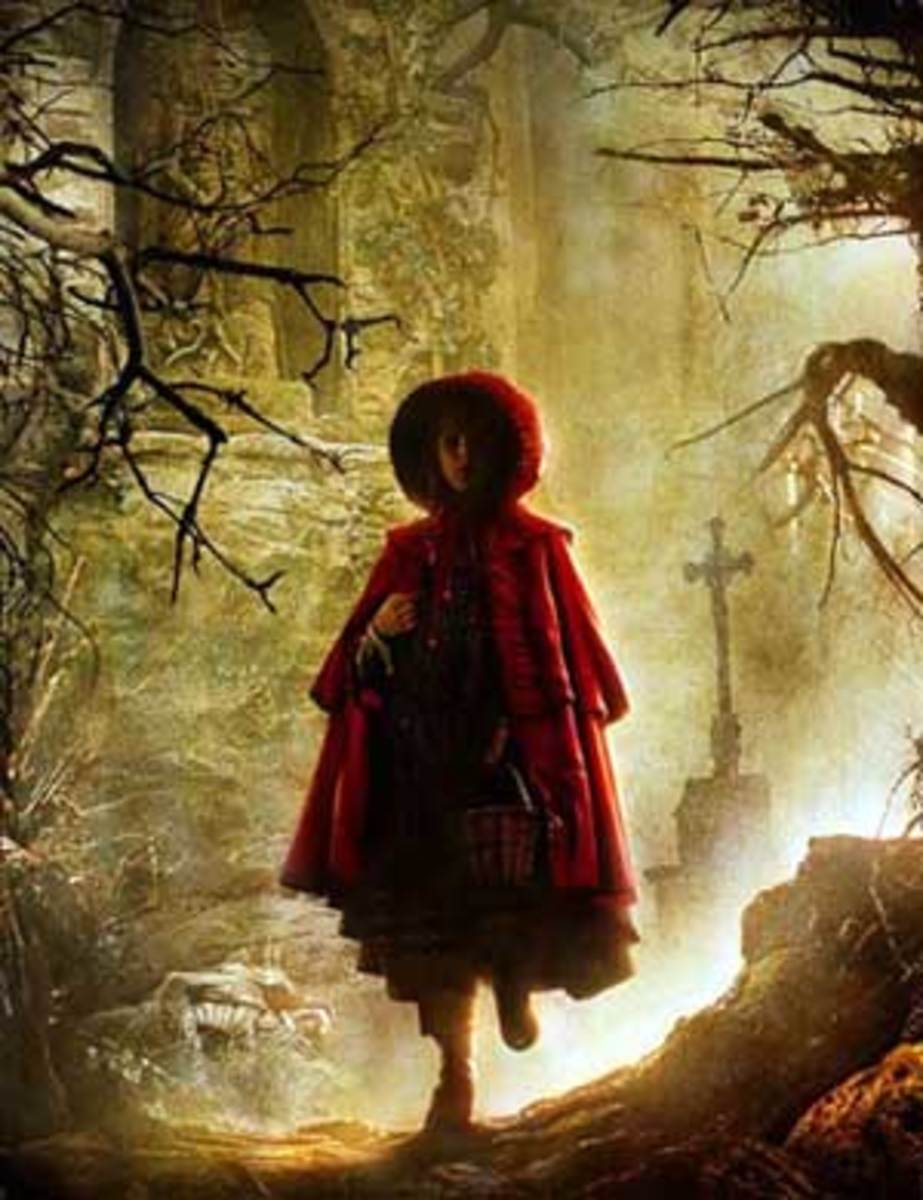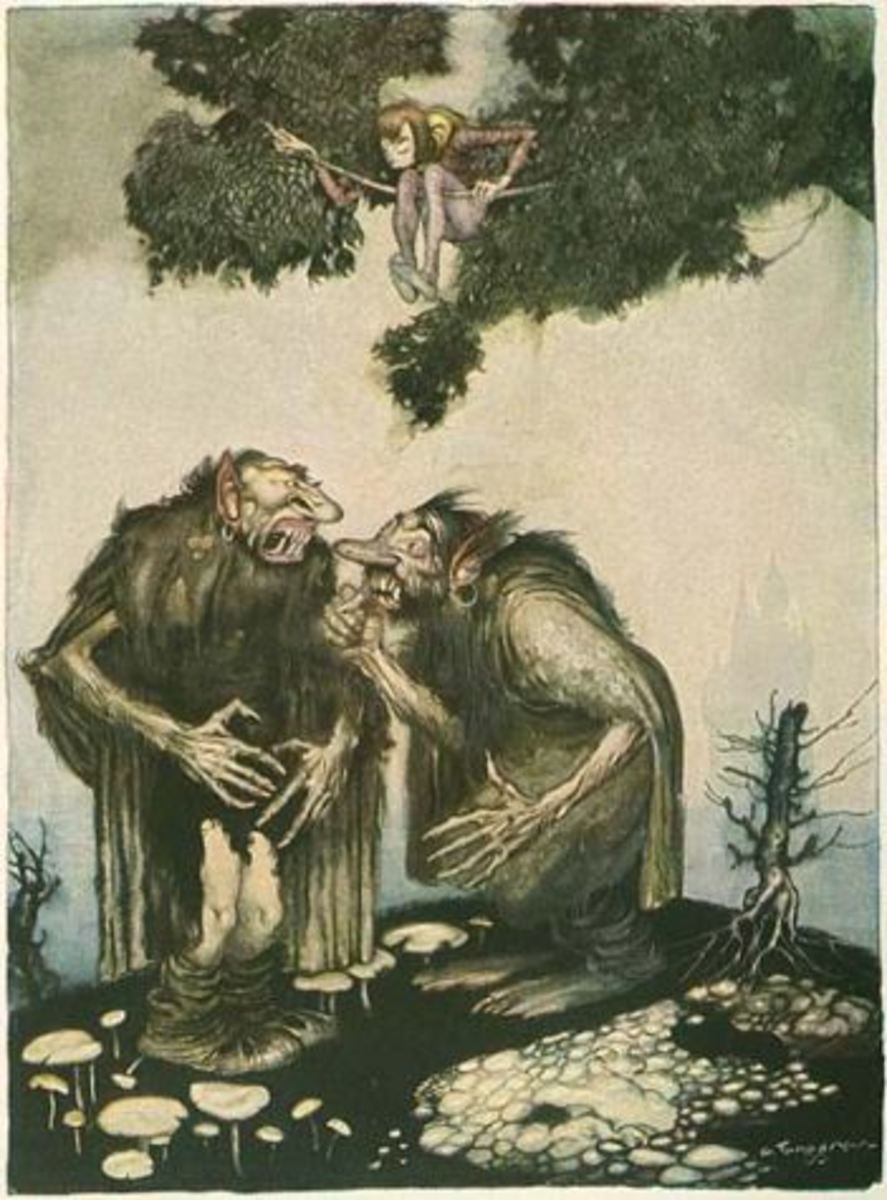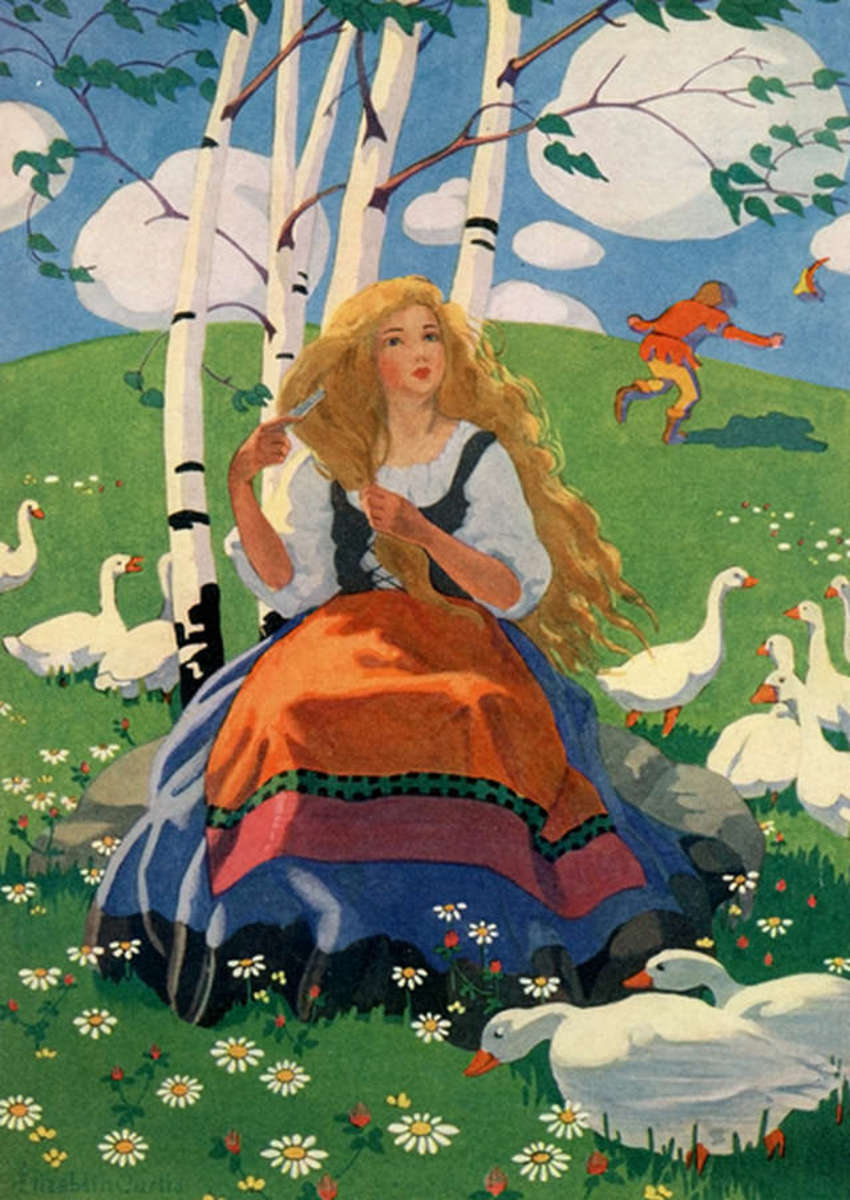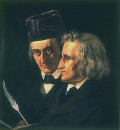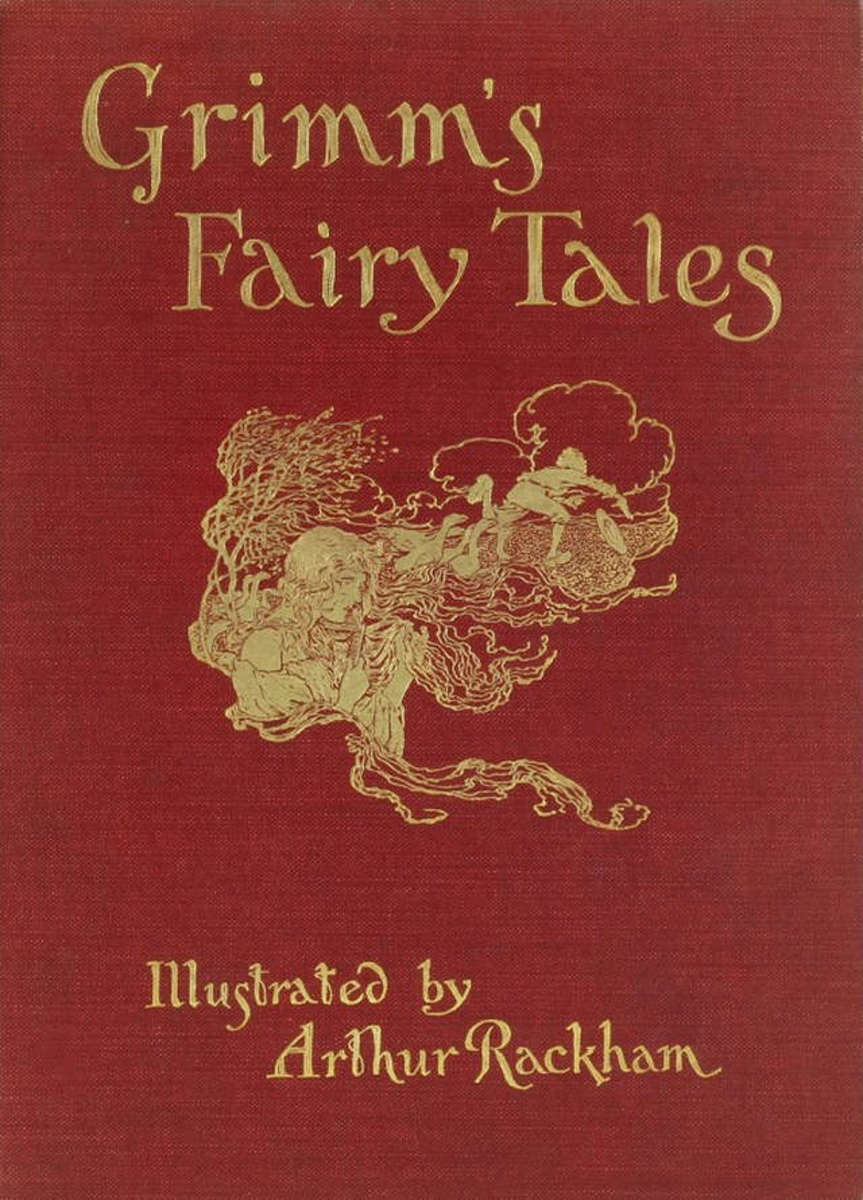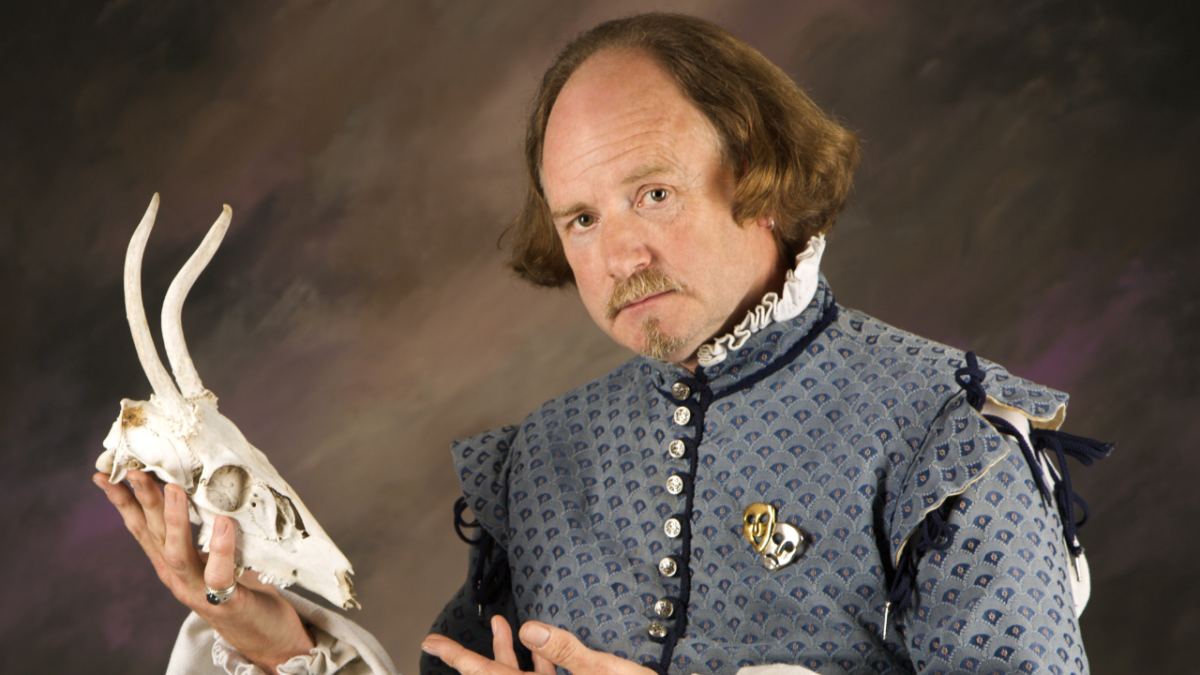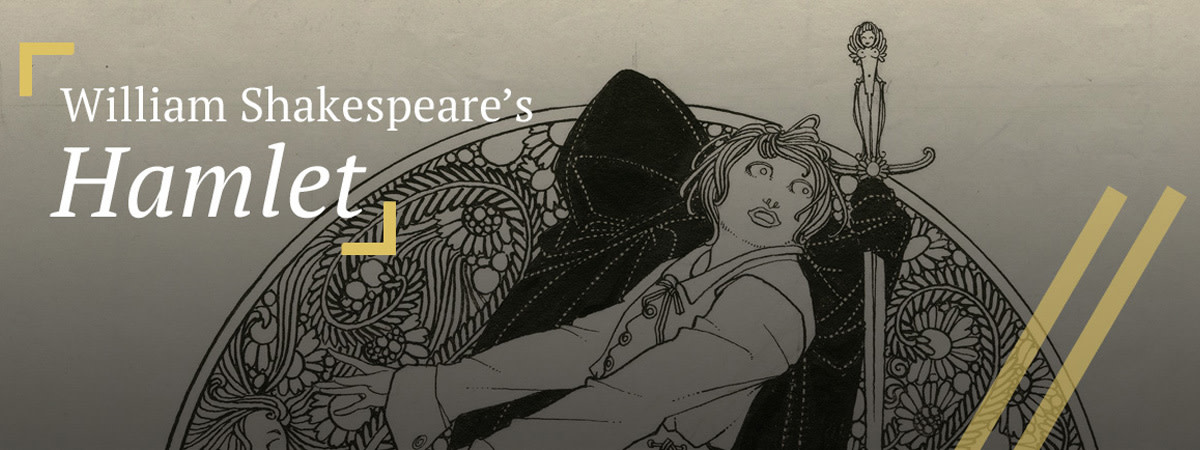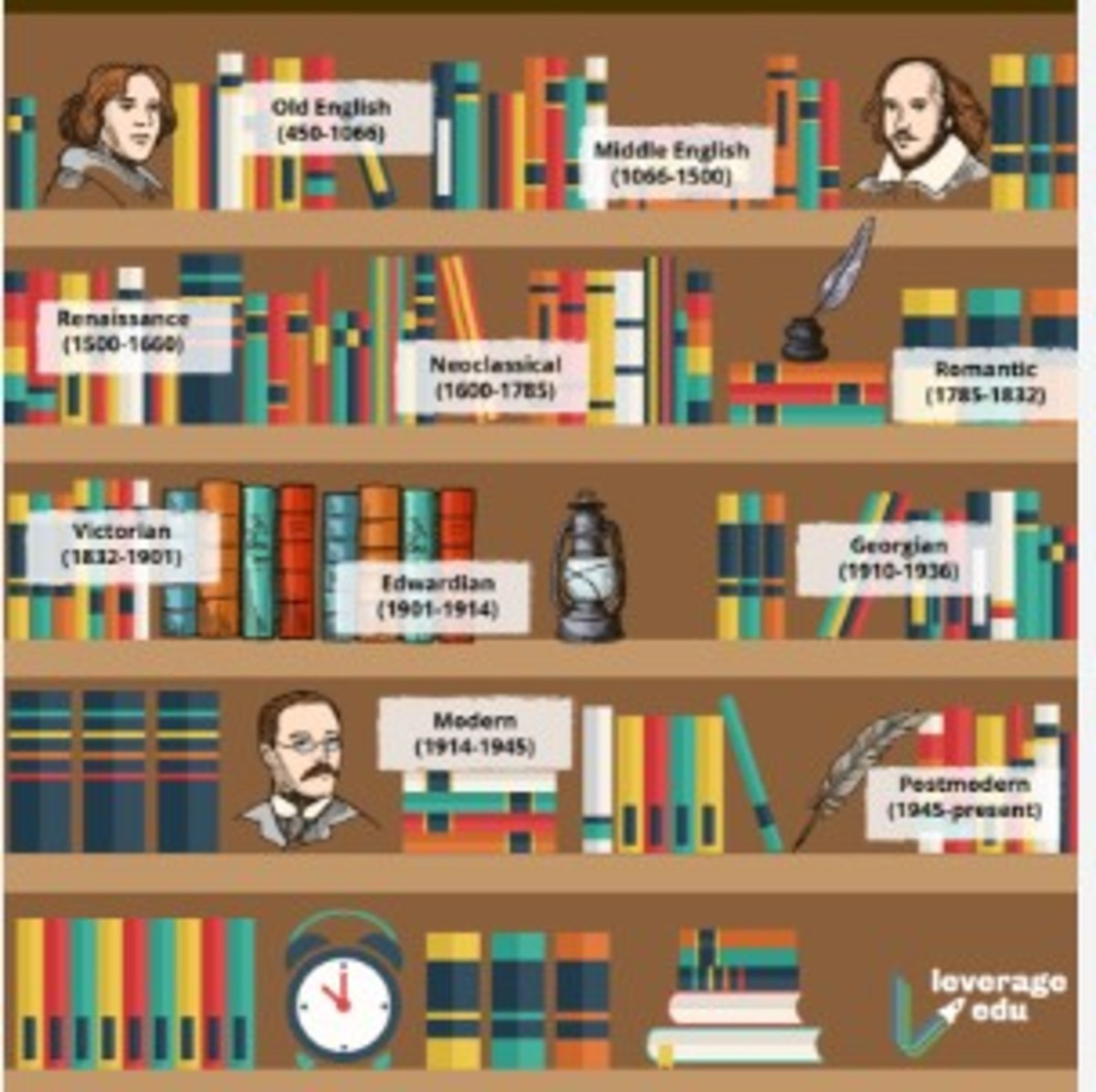The Brothers Grimm and their fairy tales
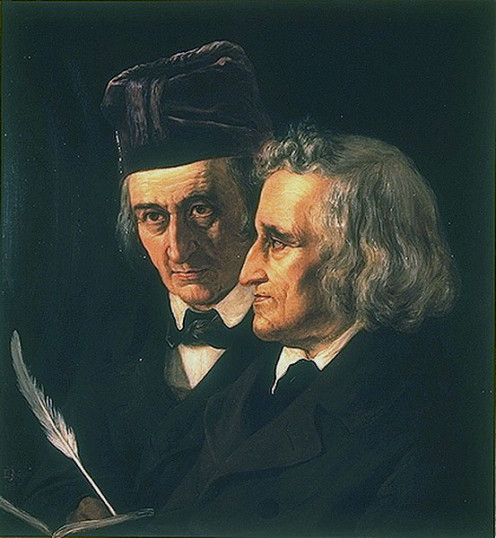
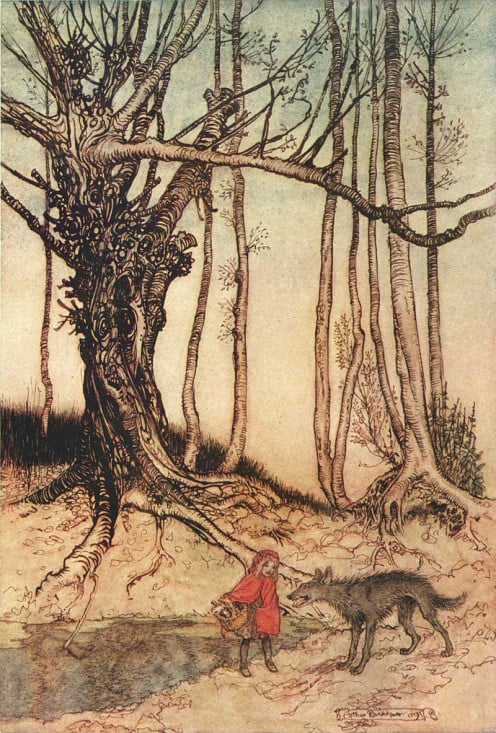
- French fairy tales
Some of our favorite fairy tales we listened to as children were originally written and/or collected by these three top French fairy tale writers who introduced us to the genre of fairy tales. - Hans Christian Andersen and his fairy tales
I have always loved fairy tales. When I was a child, I especially loved them when I sat on my father's lap and he read them to me. I was safe and secure no matter how many hobgoblins, witches, ice queens, or mean step-mothers were out there. Sitting.
Jacob and Wilhelm Grimm
Besides Hans Christian Andersen of Denmark, the two most well-known storytellers of European folk tales are the Brothers Grimm, Jacob and Wilhelm Grimm of Germany, who developed an interest and curiosity in folklore and as scholarly researchers established a methodology of collecting and recording folk stories that became the basis for folklore studies at European universities.
To my sister and me, when we were young, the Grimm brothers where just the two German men that collected some of our favorite stories that our dad read to us in the evenings. We were enchanted by the tales of Cinderella, Snow White, The Frog Prince, and Hansel and Gretel to name a few. I loved these stories, but they were darker, more mysterious, and scarier than those of Andersen. The Grimm brothers stuck closely to the original stories they recorded in their search of tales and stories from Germany's and Europe's medieval times and earlier.
Between the years 1812 - 1858 the brothers collected and published their first collection of folk stories, Kinder und Hausmarchen (Children's and Household Tales), better known today as Grimm's Fairy Tales. The collection is of 200 tales and stories that were mostly taken from oral sources of stories and tales passed down from generation to generation.
The Grimm brothers revised and published the same tales many times, sanitizing some of the tales because they were too violent and scary. For example "Little Red Riding Hood," and "Hansel and Gretel" were written to be warning tales for young children. "Hansel and Gretel" is actually a tale about a cannibalistic old witch who eats little children. That's the stuff of nightmares.
"The Frog Prince" describes the Princess as throwing the frog against a wall instead of kissing him. Even the parents of 19th century Germany felt some of the stories too dark and violent for children; therefore, the brothers altered some of the tales to make them more suitable for children. The character of the Queen in "Snow White" was originally written as her mother, but the brothers changed her to a step-mother to make the tale more palatable for children.
Fairy tales and folklore became a devoted interest to the Brothers Grimm during the 19th century with the rise of Romanticism and romantic nationalism. The brothers were convinced that a national identity could be found in popular culture and with the common folk. By collecting and publishing folk tales, the brothers believed it was a reflection of a German cultural identity. They felt the importance of preserving the stories as they had been handed down orally from generation to generation.
They collected the tales from German peasants, the middle-class and the aristocracy. They consulted family and friends in collecting their tales. Wilhelm's wife and her family contributed many oral tales to the collection of stories to become known as Grimm's Fairy Tales.
The Brothers Grimm collected stories from Germany and from all over Europe that reflected the local color of the different regions. "Little Red Riding Hood" existed in many versions and regions throughout Europe. The brothers assimilated it into their collection of tales because they believed the story to be a reflection of Germanic culture.
The German culture was deeply rooted in the forest (wald) a dark and dangerous place to be avoided. This setting was foremost in many of their tales from "Snow White", to "Hansel and Gretel", to "Red Riding Hood". The tales conveyed the soul, imagination, and beliefs of the German people through the centuries.
Although there was cruelty and violence in the tales, the brothers felt it was a reflection of medieval culture from which the stories originated. They worked to find a Germaness in the stories they collected as they believed that folklore contained kernals of ancient mythologies and beliefs crucial to understanding the heart of German culture.
The tales were translated from regional dialects to standard German. Through their research the brothers made a science of the study of folklore and made a model for research and analysis of stories and legends that made them pioneers in the field of folklore in the 19th century.
Their methodology of researching folk tales was then adopted by universities all over Europe and beyond. Their contribution to the world of folk tales is still felt today.
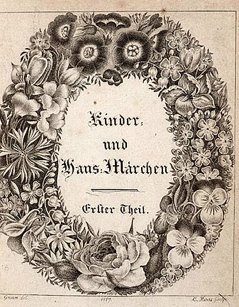
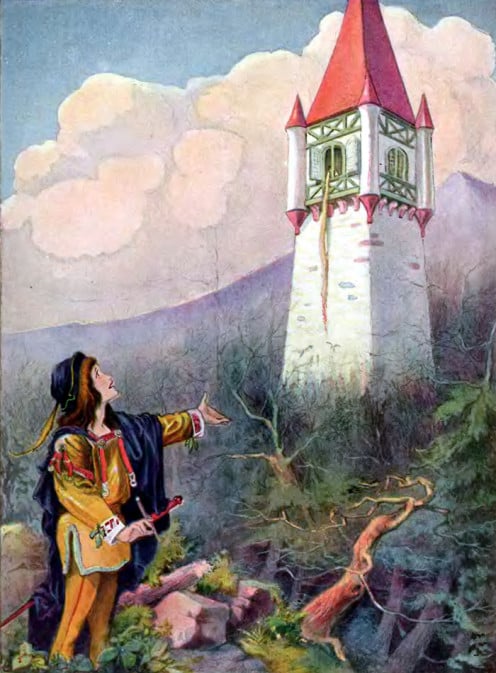
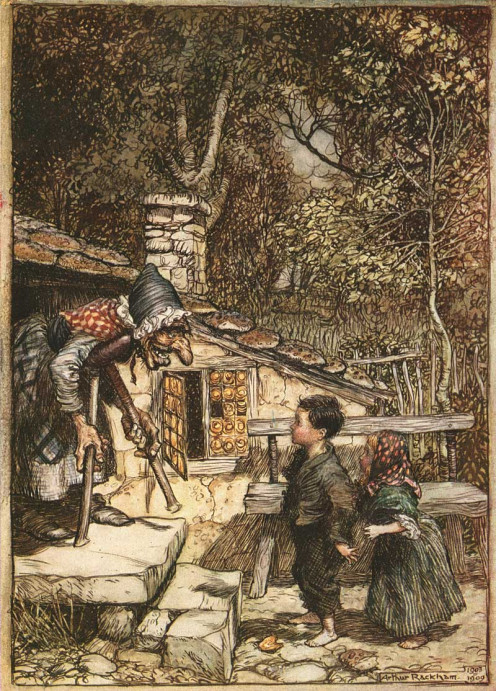
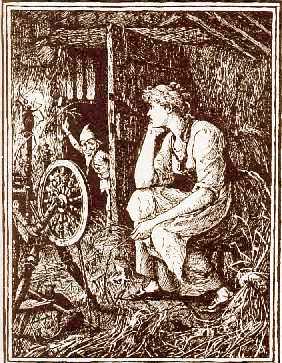
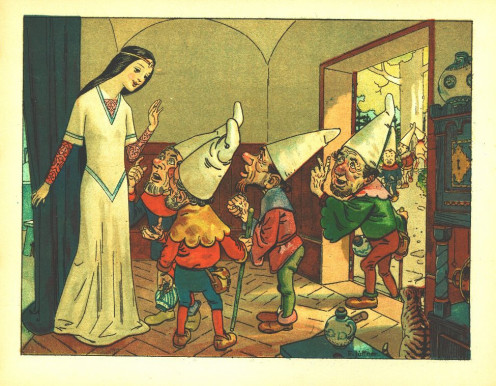
Other Grimm's fairy tales
- Cinderella
- The Six Swans
- The Golden Goose
- The Twelve Brothers
- Tom Thumb
- Sleeping Beauty
- The Queen Bee
- Snow-White and Rose-Red
- The Pied Piper
Favorite Grimm's Fairy Tales
Rapunzel
This fairy tale was adopted by the brothers from the tale Persinette by Charlotte-Rose de Caumont de La Force originally published in 1698. It is best known for it's famous line, "Rapunzel, Rapunzel, let down your golden hair."
There once was a lovely couple who wanted a child and lived next door to an Enchantress with a walled garden. The woman finally became pregnant and had great cravings for a Rapunzel plant in the Enchantress' garden. For several nights in a row the husband broke into the garden to fetch the flower for his wife. On the third night he did this he was caught by the Enchantress.
Because he was stealing from her garden, the Enchantress would only allow him to return to his wife after exacting the promise of his surrendering their first child to her at birth. When a baby girl was born, the Enchantress took her to raise her as her own and named her Rapunzel. The little girl had beautiful, golden hair that grew and grew and the Enchantress never cut her golden hair which grew to be very, very long.
When the girl was twelve years old, the Enchantress locked her away in the middle of the forest in a stone tower with no door and only a window . Each time the Enchantress came to visit Rapunzel she would say "Rapunzel, Rapunzel, let down you hair," and climb up her hair to enter the tower to visit her.
One day a Prince rode through the forest and heard Rapunzel singing and was captivated by her beautiful voice. At the same time, he saw and heard the Enchantress visit Rapunzel and learned how to gain access to Rapunzel. When the Enchantress had left, he said the famous line, climbed Rapunzel's hair and when they saw each other they immediately fell in love. The Prince asked Rapunzel to marry him and she agreed.
They planned Rapunzel's escape from the tower and from the Enchantress and the Prince brought her fine silk to weave into a ladder. One day as the Enchantress was visiting, Rapunzel foolishly gave away her Prince with an offhand remark. The Enchantress was furious and cut off Rapunzel's hair and threw her out into the dark forest to fend for herself. The Enchantress kept Rapunzel's long locks to use for the next time the Prince came to see her.
When the Prince returned to claim his love, he climbed the hair only to be face to face with the angry Enchantress. She told him he would never see Rapunzel again, and in his despair the Prince threw himself from the tower, falling into thorny bushes and was blinded when the thorns pierced his eyes.
The blind Prince wandered the dark forest and eventually stumbled upon Rapunzel when he heard her singing. Her tears of joy fell onto his eyes and immediately restored his eye sight. In the meantime, Rapunzel had given birth to twins, a boy and a girl. They all returned to the Prince's kingdom and lived happily ever after and no one heard of the Enchantress again.
Hansel and Gretel
Once there was a woodcutter who lived in the woods with two little children, Hansel and Gretel. Their mother had died and the woodcutter had remarried, but the step-mother was not fond of the children. A great famine had settled over the land and the step-mother convinced her husband, the woodcutter, that they must lose the children in the dark woods to fend for themselves so the woodcutter and his wife will have enough food to eat.
The children overheard her telling her husband this so Hansel gathered white pebbles to leave a trail when their step-mother took them into the woods so they could return home. The children's plan worked, and they returned home.
The step-mother was so angry that she took the children out into the woods again. This time Hansel only had time to grab a piece of bread and he left bread crumbs as a trail in the woods. Alas, the birds ate the bread crumbs so Hansel and Gretel were unable to return home. They were lost in the woods.
A large white bird appeared and guided them to a large clearing in the woods where the children saw a large cottage built of gingerbread and cakes with window panes of sugar. The starved children began to eat the house when the door opened and a very old blind woman emerged. She lured the children inside with promises of soft beds and warm delicious food.
Hansel and Gretel did not know that the woman was, in fact, a wicked witch who waylaid children to capture, cook and eat them. The next morning, the witch locked Hansel in an iron cage in the garden and made Gretel her slave.
The witch fed Hansel to "fatten him up," but Hansel cleverly offered her a bone he had found in the cage. The witch, who was blind, felt the bone and thought he needed more fattening up. This scenario went on for a month.
Finally, the witch prepared the oven for Hansel and decided to eat Gretel also. She asked Gretel to bend over the front of the oven, but cleverly, Gretel said she didn't understand what the old witch wanted her to do. When the old witch demonstrated what she wanted, Gretel, pushed her into the oven and slammed the door shut. The old witch burned to death.
The children were free and discovered a vase full of precious jewels and stones in the cottage. The children found their way home to find only their father, the woodcutter, as his wife has mysteriously died. The woodcutter and Hansel and Gretel live happily ever after.
Rumpelstiltskin
One day, a Miller, wanting the King to think highly of him, lies to the King and tells him that his daughter has a special ability to spin straw into gold. Actually, his daughter is lazy and has never learned to spin anything at all.
The King orders the girl into tower room filled with straw and a spinning wheel. The King demands that she spin the straw into gold by the next morning or he will cut off her head.
The girl gives up all hope of surviving this ordeal when an imp appears in the room and promises to spin all the straw into gold for her in return for the necklace that she is wearing. She agrees and the imp keeps his promise.
The next day the King is so pleased that he takes the girl to a larger room with more straw to spin into gold. Again, the imp appears and spins the straw into gold, this time in exchange for the ring she is wearing.
The third day, the girl is taken to an even larger room and told she will spin the straw into gold and if she succeeds the King will marry her. If not, he will cut off her head.
This time when the imp appears in the room to spin the straw into gold, the girl has nothing to exchange with him. So, the imp extracts a promise from her: he will spin the straw into gold if she will give him her first born child she has with the King. She foolishly agrees. The imp spins the straw into gold and the next morning the King is so happy and he keeps his promise.
The King and the girl are married and when their first child is born the imp returns to claim his payment. The Queen offers him all her wealth to be able to keep the child. But the imp has no interest in her wealth and only wants the child. She tearfully asks him to reconsider and the imp consents to give up his claim to the child if she can guess his name within three days.
For two days the Queen names every name she can think of but cannot guess the correct name of the imp. So, the evening of the second day, she sends a loyal spy to the imp's cottage who overhears the imp singing in which he reveals his name and laughing at the fact that he will claim the baby the next day. The loyal spy returns to the Queen and tells her the imp's name.
On the third day, the Queen reveals his name, Rumpelstiltskin, and he looses his bargain with the Queen. She is able to keep her baby and he is so angry that he puts his foot through the floor creating a chasm into which he falls and is never seen again. The King, Queen and the baby live happily ever after.
Little Snow White
One day a Queen is sitting in her room sewing when she pricks her finger on a needle. Three blood drops drop on the snow by her window sill. She makes a wish that she wants a daughter with snow white skin, red blood lips and ebony hair. She receives her wish and gives birth to such a daughter as she has described. She names the baby girl, Snow White. But, suddenly she dies, leaving the King and Snow White all alone.
The King remarries and the new wife becomes a step-mother to Snow White. The new Queen has a magic mirror that hangs on the wall and daily the Queen asks the mirror, "Mirror, mirror on the wall / Who is fairest of them all?" The mirror always replies, "You Queen are fairest of them all!"
When Snow White reaches the age of seven, and the Queen asks the mirror who is fairest, the mirror now answers, "Snow White is fairest of them all." The Queen keeps getting this answer over the years and finally becomes so jealous that she summos the Huntsman.
Out of her jealousy, the Queen orders the Huntsman to take Snow White into the woods and to kill her. To prove her dead, the Huntsman is to return with Snow White's heart. The Huntsman, however, is unable to kill Snow White because he has fallen in love with her. So to trick the Queen, he brings her the heart of a boar which she has prepared and she eats.
Snow White is left in the woods to fend for herself and eventually finds a small cottage belonging to a group of seven dwarfs where she stops to rest. When the dwarfs return and find Snow White, they immediately like her, and she agrees to cook, clean and sew for them in exchange for her seeking shelter in their cottage. The dwarfs warn her that when they are gone working during the day not to allow others in the cottage,
In the meantime, the Queen gets around to asking the mirror who is fairest of them all and to her dismay, discovers Snow White is alive, well and still fairest of them all. She also discovers that Snow White is living with the dwarfs. What the Queen does with the Huntsman who deceived her, we never know.
One day, the Queen, consumed with jealousy, disguises herself as an old apple woman and attempts to kill Snow White with a poison apple. Snow White, not heeding the dwarfs advice, allows the apple woman in the cottage, but Snow White does hesitate to eat the apple. The Queen (apple woman) cuts the apple in half and eats the half without the poison. When Snow White sees nothing happens to the woman, she takes a bite of the half with the poison and falls into a deep comatose sleep.
The dwarfs return and are unable to revive Snow White and tearfully assume she is dead and place her in a glass coffin. A Prince traveling through the woods comes upon the coffin and seeing Snow White immediately falls in love with her. As the dwarfs move the coffin so the Prince can have access to it, they trip and the piece of apple dislodges from Snow White's throat awakening her. (In later adaptions, the Prince kisses Snow White and awakens her). The Prince declares his love and he and Snow White plan their wedding.
In the meantime, the Queen again consults her mirror only to find out Snow White is still alive and to be married. The Queen arrives at the wedding, but the Prince and Snow White force her to dance in hot iron shoes until she dies. The Prince and Snow White live happily ever after.
The Fairy Tales Today
Recently, in the last several years, fairy tales have again become very popular. Hollywood has laid claim to Grimm's fairy tales as subjects for recent movies. "Mirror, Mirror" was a comedic turn on the fairy tale Snow White, starring Julia Roberts. Charlize Theron played the evil step-mother Queen in the dark and violent "Snow White and the Huntsman."
Of course, over the years, Disney has done their own animated renditions of the fairy tales and they have been part of my childhood and story world. These classic Grimm's fairy tales are timeless and will live forever as they are as much a part of our culture as the German and European culture.
Related links
- GrimmFairyTales.com
GrimmFairyTales: Folk and fairy tales by the Brothers Grimm. Read and hear interactive, narrated, animated stories. Children's literature and folklore classics featuring animals, princesses, magic, and fabulous creatures! Grimm Brothers cartoon chara - Read Brothers Grimm fairy tales online!
Welcome the Brothers Grimm fairy tales page! Choose from over 400 fairy tales in four languages, including four books in English with 350 tales and 62 audio fairy tales - Brothers Grimm: Fairy Tales, History, Facts, and More
The Grimms' Brothers true fairy tales. Stories, timeline, maps, resources, and biographical information of Grimms'



